5 min read
Antimicrobial Resistance by 2050: Can Far-UVC in Infection Control
Emilie Hage Mogensen
:
10 Apr, 2025
.jpg)
Recent projections indicate that antimicrobial resistance (AMR) could lead to as many as 10 million deaths annually by 2050, rivaling the mortality rates of cancer from 2020. This data highlights the incisive challenge of AMR and its impact on healthcare systems worldwide.
In this blog post, we will explore AMR, why it poses such a significant threat, and how it differs from antibiotic resistance, and also look for possible solutions in the future. Can Far-UVC be used to help stop this thread?
Antimicrobial Resistance Infection by 2050
According to the UN 2023 report, AMR causes 10 million deaths annually and can lead to a $3.4 trillion annual GDP shortfall. This crisis could push an additional 24 million people into extreme poverty, with the greatest impacts felt in Asia and Africa.
By 2050, deaths from drug-resistant infections are expected to escalate, potentially causing more fatalities annually than cancer did in 2020.
What is Antimicrobial Resistance (AMR)?
Antimicrobial resistance (AMR) occurs when microorganisms like bacteria, fungi, viruses, and parasites evolve to resist the effects of medications. This resistance makes standard treatments ineffective and infections harder to control. It leads to higher medical costs, prolonged hospital stays, and increased mortality.
AMR includes resistance against all antimicrobial agents, including antivirals, antifungals, and antiparasitics. This broad resistance can develop through overuse and misuse of these drugs in human medicine and the veterinary and agriculture sectors. The indiscriminate use allows pathogens to survive, evolve, and eventually, resist new encounters with antimicrobial drugs.
AMR as a Global Challenge
This resistance has been identified globally, posing a severe threat to public health across continents. It complicates the fight against infectious diseases and strains healthcare systems by turning manageable infections into deadly ones. It's considered one of the top 10 global public health threats by organizations such as the World Health Organization.
For a more comprehensive understanding of AMR, its implications, and preventive strategies, you can refer to the detailed discussions and resources available on Antimicrobial Resistance Fighters and the WHO's AMR fact sheet.
AMR vs Antibiotic Resistance: Understanding the Distinctions
Building on the understanding of AMR, it's essential to differentiate it from antibiotic resistance, which specifically refers to bacteria's ability to resist antibiotics. Antibiotic resistance occurs when bacteria change in some way that reduces or eliminates the effectiveness of drugs designed to cure or prevent infections.

Font: Spartha Medical
Defining Antibiotic Resistance: Antibiotic resistance is a subset of AMR and arguably the most well-known type, primarily involving bacteria. When bacteria become antibiotic-resistant, infections such as pneumonia, tuberculosis, and salmonellosis become harder and sometimes impossible to treat. This resistance not only makes bacterial infections more dangerous but also increases the risk of spreading resistant bacteria.
As stated by the Antimicrobial Resistance Fighter Coalition, there are 5 obstacles to tackling antimicrobial resistance:
- Raising public awareness on AMR
- A clear issue in defining long-lasting solutions
- Lack of visual indication while addressing AMR
- Difficult access to antimicrobials in emerging economies
- Low incentives for pharmaceutical companies to develop new antibiotics
The Path Forward
The rise of AMR necessitates a concerted effort globally to develop strategies to protect public health. The urgent need for more advanced solutions emphasizes the importance of continued research in the battle against these healthcare challenges.
By understanding both AMR and antibiotic resistance, healthcare providers, policymakers, and the general public can better participate in the global dialogue and action needed to address these threats effectively. The urgent need for innovative solutions underscores the importance of continued research and international cooperation in the battle against these formidable challenges in healthcare.
In that direction, Far-UVC has been gaining special relevance. UV has been well known since the 1900s for its disinfection capabilities; however, until recent years, it didn't offer a continuous, around-the-clock solution.
In the next section, we will explore Far-UVC and its potential as a solution to fight AMR infections.
Far-UVC as an AMR solution
Recent developments in Far-UVC have positioned this technology as a key player in controlling antimicrobial resistance (AMR). As we displayed above, there are many dangers in AMR so having ways to prevent them is essential for public health.
Far-UVC Safety
Studies have shown how Far-UVC light at 222nm is safe for human skin and eyes while maintaining its disinfecting properties. A study published in December 2024, analyzed if prolonged exposure to 222nm Far-UVC light can harm the human eye. The study analyzed 36 months of exposure, concluding that Far-UVC at 222nm is safe even with prolonged exposure.
This makes it ideal for continuous use in places like hospitals and public areas, providing continuous disinfection without the safety concerns associated with conventional UV.
Far-UVC Efficacy
 When looking for solutions, it's not only important to look for the safety aspect but also how efficiently this technology can deactivate pathogens.
When looking for solutions, it's not only important to look for the safety aspect but also how efficiently this technology can deactivate pathogens.
Installing a UV222 Downlight above a designated area in a hospital environment can reduce the microbial load of antibiotic-resistant strains such as MRSA, VRE, CRKP, CREC, CRPA, and CRSAB.
Reducing AMR Spread
By incorporating Far-UVC in daily sanitation protocols, healthcare facilities can actively reduce the presence of antibiotic-resistant bacteria. This ongoing disinfection process helps cut down the spread of AMR.
When looking at one of the biggest threats, Candida auris, also recent studies have corroborated Far-UVC as an important strategy to implement. It was possible to demonstrate, across several surfaces such as steel, glass, and plastic, that it's possible to achieve more than 99% of C. auris colony-forming units reduction in just 45 minutes.
Far-UVC installations across the globe
Trying to anticipate and reduce the impact of AMR, several facilities have already implemented Far-UVC in their premises. Below, you can see some examples of how they're actively decontaminating surfaces and air from pathogens.

Aarhus University Hospital - Denmark
In 2021, Uv Medico implemented UV222 lamps in the Respiratory Disease Department (waiting room). The goal was to continuously protect vulnerable patients.
We achieved a significant reduction of bacterial load on surfaces
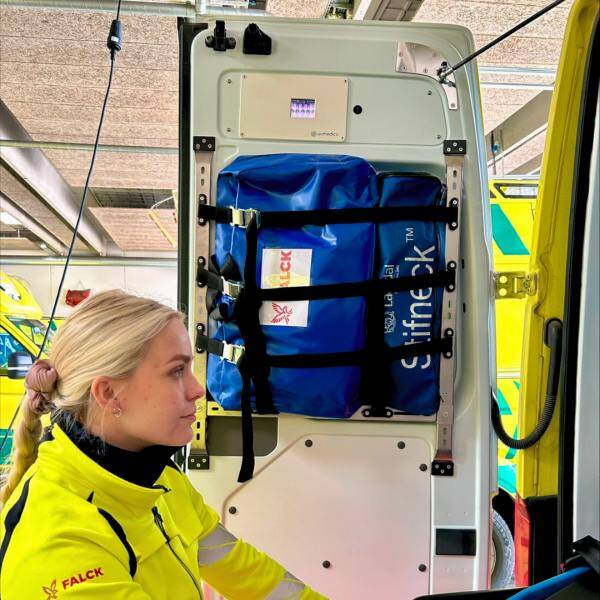
Falck Ambulances
UV Medico has teamed up with Falck, a global leader in emergency services, to install our UV222 Ambulance lamps in 56 new Falck ambulances in Region Zealand - Denmark.
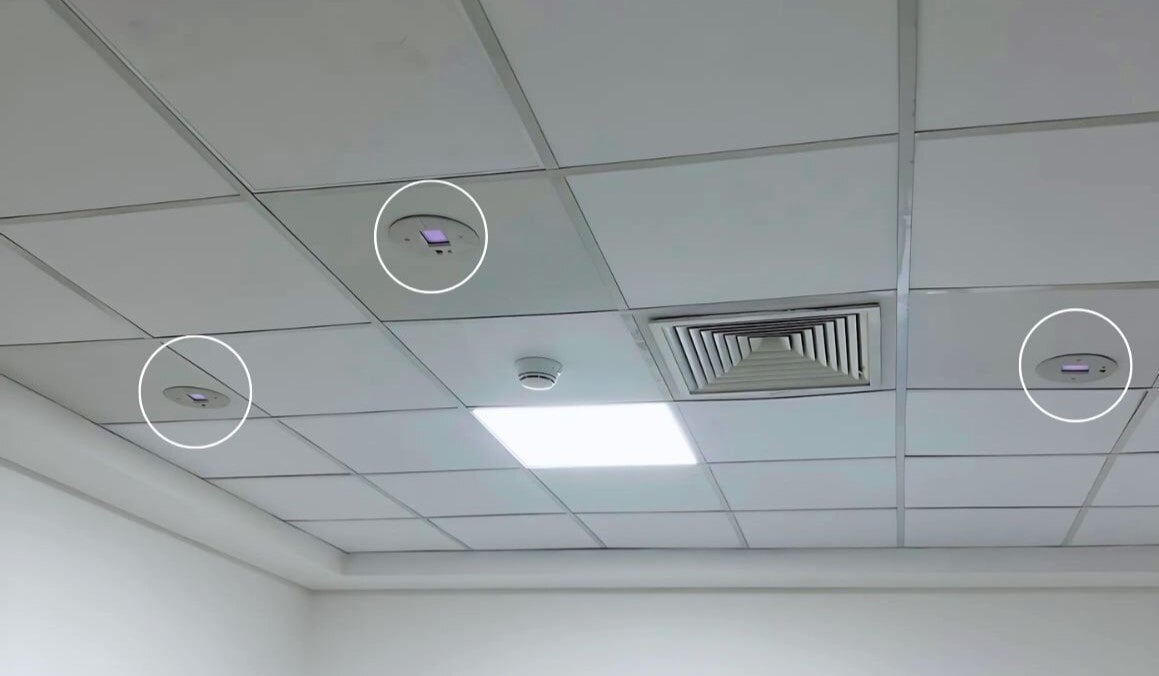
Air Force Specialized Hospital - Egypt
UV222 Downlight installed in ICU room for liver transplant patients
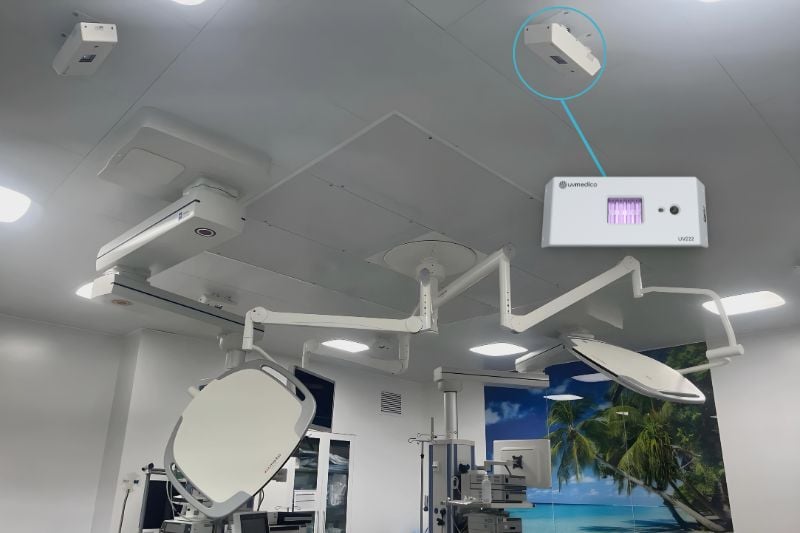
King Hamad American Mission Hospital - Bahrain
Our UV222 Standard Lamp, now installed at King Hamad American Mission Hospital, offers a robust solution for infection control in healthcare settings
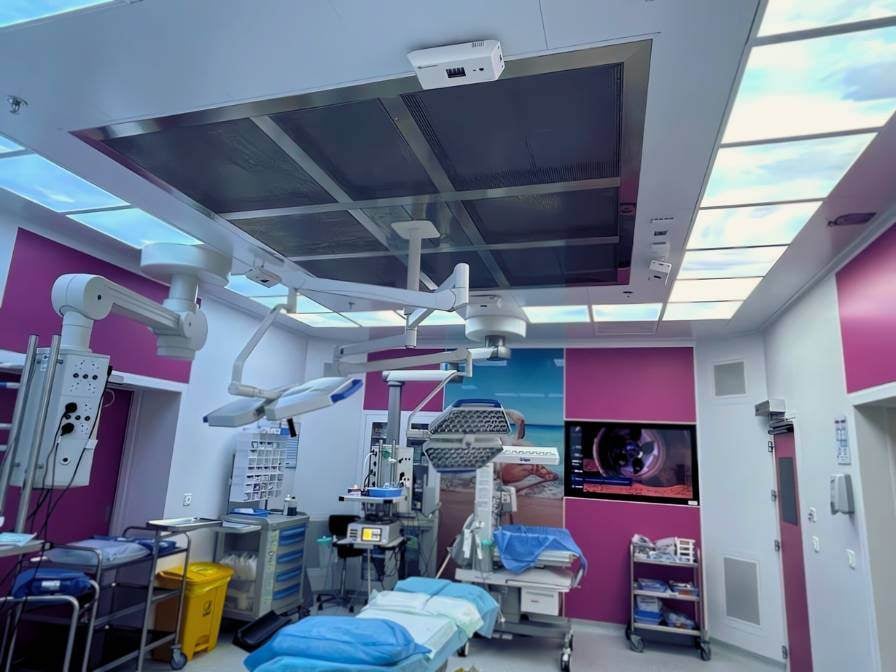
Al Qasami Hospital - UAE
UV222 was installed in an operating room. Now the Far-UVC light continuously disinfect both air and surfaces.
With the expected rise of AMR challenges, Far-UVC offers a viable and practical approach to managing it, with the capability to safely operate in human-occupied spaces, making it an essential part of modern infection control strategies. Its effectiveness in real-time disinfection extends beyond laboratory settings and is already making a significant impact in various environments across continents.
Frequently Asked Questions
-
What is antimicrobial resistance (AMR)?
Antimicrobial resistance (AMR) occurs when microorganisms evolve to resist the effects of medications, rendering infections harder to treat. By 2050, AMR is projected to cause up to 10 million deaths annually, comparable to the toll of cancer in 2020, leading to significant economic losses and pushing millions into poverty.
-
How does Far-UVC help in combating AMR?
Far-UVC light, particularly at 222 nm, safely and effectively deactivates drug-resistant pathogens without harming human skin or eyes. This allows for continuous disinfection in occupied spaces, reducing the presence of antibiotic-resistant bacteria and lowering the risk of AMR spread.
-
How does Far-UVC specifically reduce the spread of AMR in hospital environments?
Far-UVC helps reduce the spread of AMR by continuously deactivating airborne and surface pathogens, reducing the reliance on antibiotics for infection control. This ongoing decontamination process lowers the chance of AMR development and spread among patients and staff.
-
What impact has Far-UVC had on reducing specific pathogens in hospital settings?
Specific studies have shown that Far-UVC can achieve up to a 99.9% reduction of drug-resistant pathogens like MRSA within 1.5 hours of exposure. Additionally, Far-UVC has proven effective against Candida auris, achieving more than 99% reduction of colony-forming units on various surfaces within 45 minutes.
Be updated with the latest news!
 UV222™
UV222™ UV222 Linear
UV222 Linear UV222 Downlight
UV222 Downlight Vertex 222
Vertex 222.png) UV222 Pendant
UV222 Pendant.png) UV222 Booth
UV222 Booth.png) UV222 Step-On
UV222 Step-On.png) UV222 Cleanroom Downlight
UV222 Cleanroom Downlight UV222 Dual Downlight 60x60
UV222 Dual Downlight 60x60 UV222 Material Airlock
UV222 Material Airlock UV222 Ambulance
UV222 Ambulance UV222 Compact
UV222 Compact UV222 Industrial
UV222 Industrial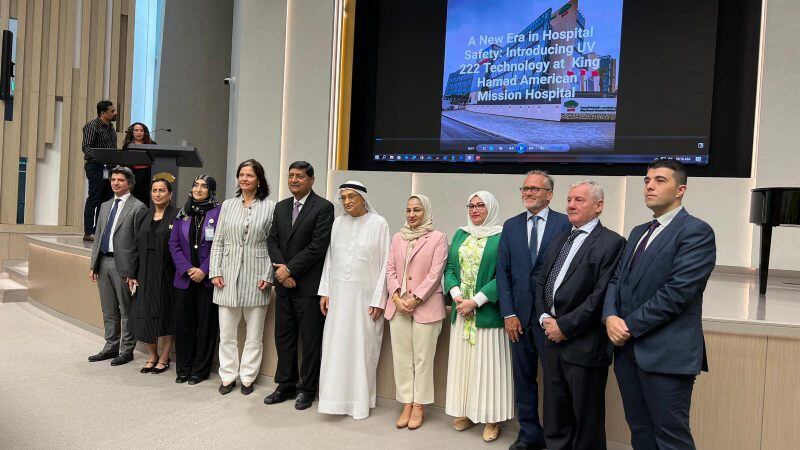
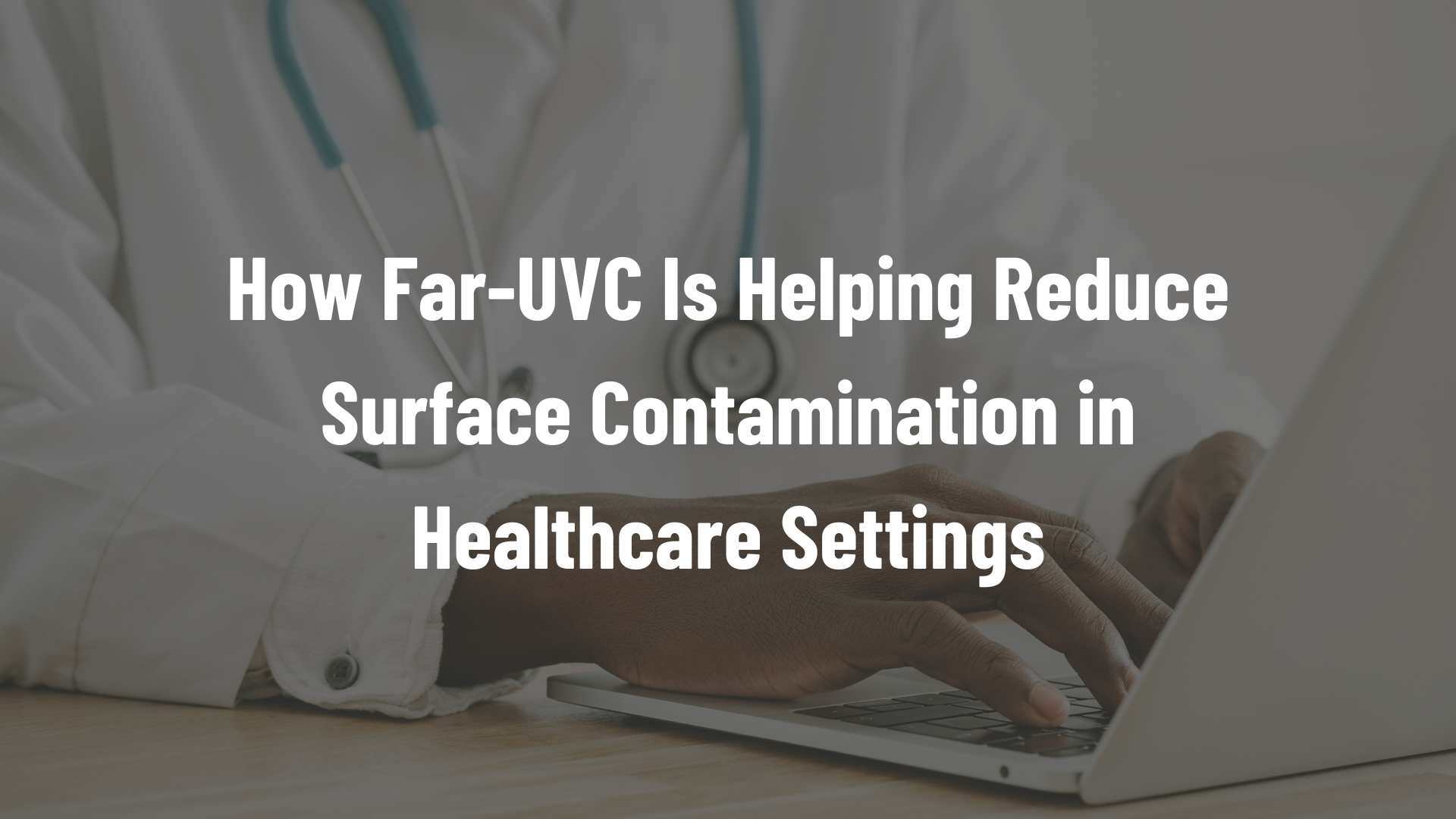


.jpg)
.jpg)
%20(3)%20(2).png)
.jpg)

.jpg)